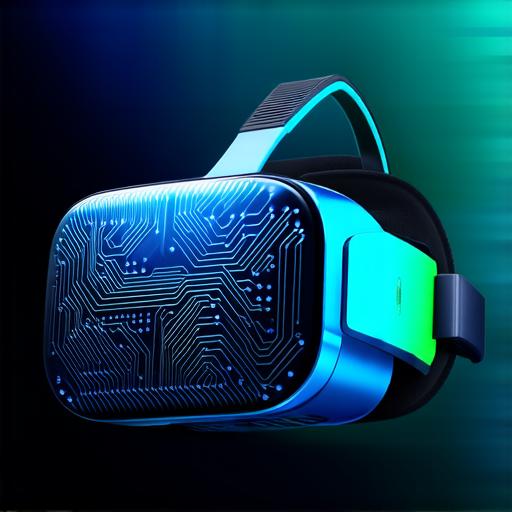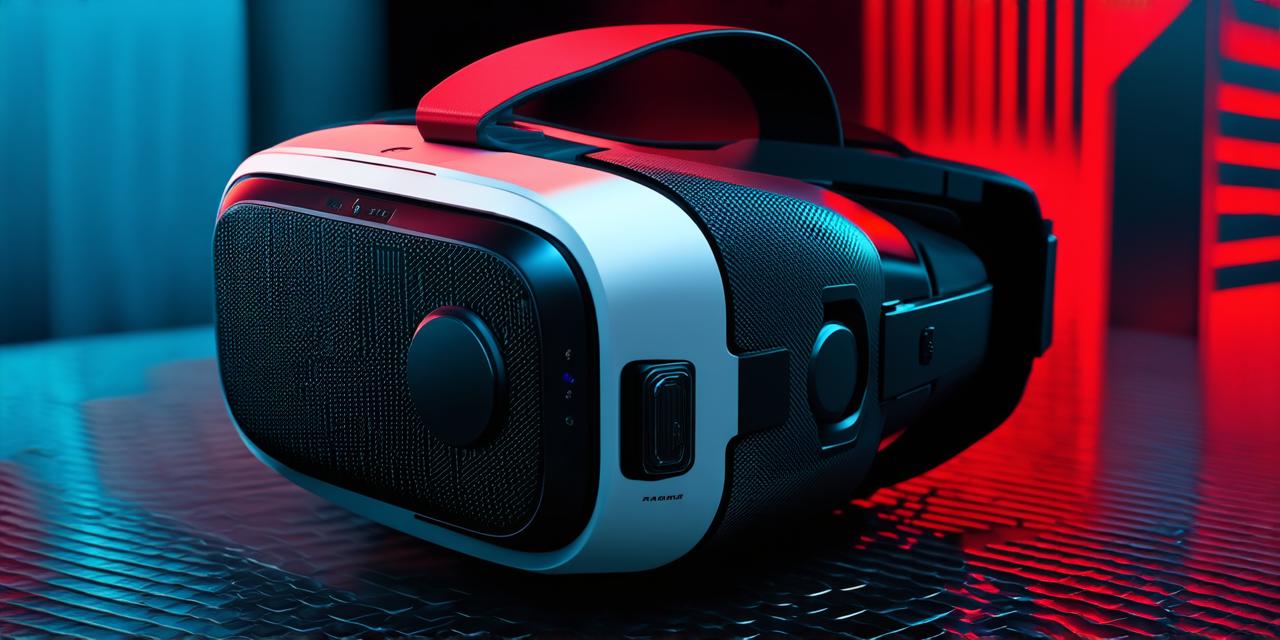What is Virtual Reality?
Virtual reality is a computer-generated simulation that allows users to interact with a digital world. It typically involves wearing a headset or goggles that track the user’s movements and adjust the virtual environment accordingly. This creates an immersive experience that can feel almost like being in the real world.
Components of Virtual Reality
The main components of VR include the headset, sensors, controllers, and the computer hardware that powers the simulation. The headset is the device worn by the user and tracks their movements through sensors. The sensors detect the user’s head movement and adjust the virtual environment accordingly. Controllers are used to interact with the virtual world and can be used for tasks such as pointing, grabbing, or moving objects. The computer hardware powers the simulation and generates the 3D graphics that the user sees.
How Virtual Reality Works
Virtual reality works by capturing real-world data and using it to create a digital representation of the environment. This is achieved through the use of sensors such as cameras and depth sensors, which capture information about the physical world. The data is then processed by the computer hardware, which uses algorithms to generate the 3D graphics that the user sees.
Applications of Virtual Reality
Virtual reality has numerous applications across various industries. In gaming, it provides an immersive experience that allows players to feel like they are truly in the game world. In education, VR can be used to create virtual field trips and simulations that allow students to learn about historical events or scientific concepts in a more engaging way. In healthcare, VR can be used for training medical professionals, such as surgeons and nurses, and for treating mental health conditions.
Case Studies
One example of the use of virtual reality is in the field of architecture. Architects can use VR to create virtual models of buildings and environments, allowing them to test different design options and make changes in real-time. This can save time and resources compared to traditional methods of building design.
Another example is in the field of training. Military personnel can use VR simulations to train for combat situations, allowing them to practice their skills in a safe environment. This can improve their readiness for real-world scenarios and reduce the risk of injury or death during training exercises.
Expert Opinions
According to Dr. Michael Mankoff, an associate professor of computer science at the University of British Columbia, “Virtual reality has the potential to revolutionize how we learn and interact with the world. It can provide a more engaging and immersive experience than traditional methods, which can lead to better retention of information.”

FAQs
Q: What is the difference between virtual reality and augmented reality?
A: Virtual reality involves creating a completely simulated environment that the user can interact with, while augmented reality involves overlaying digital content onto the real world.
Q: Is virtual reality safe for my health?
A: While virtual reality is generally safe for most people, it can cause motion sickness in some individuals. It’s important to use VR in moderation and take breaks as needed.
Conclusion
Virtual reality is an exciting technology that has numerous applications across various industries. With its ability to create immersive simulations, VR provides a unique opportunity for users to experience the world in a new way. As virtual reality continues to evolve, it will undoubtedly play an increasingly important role in our lives.
